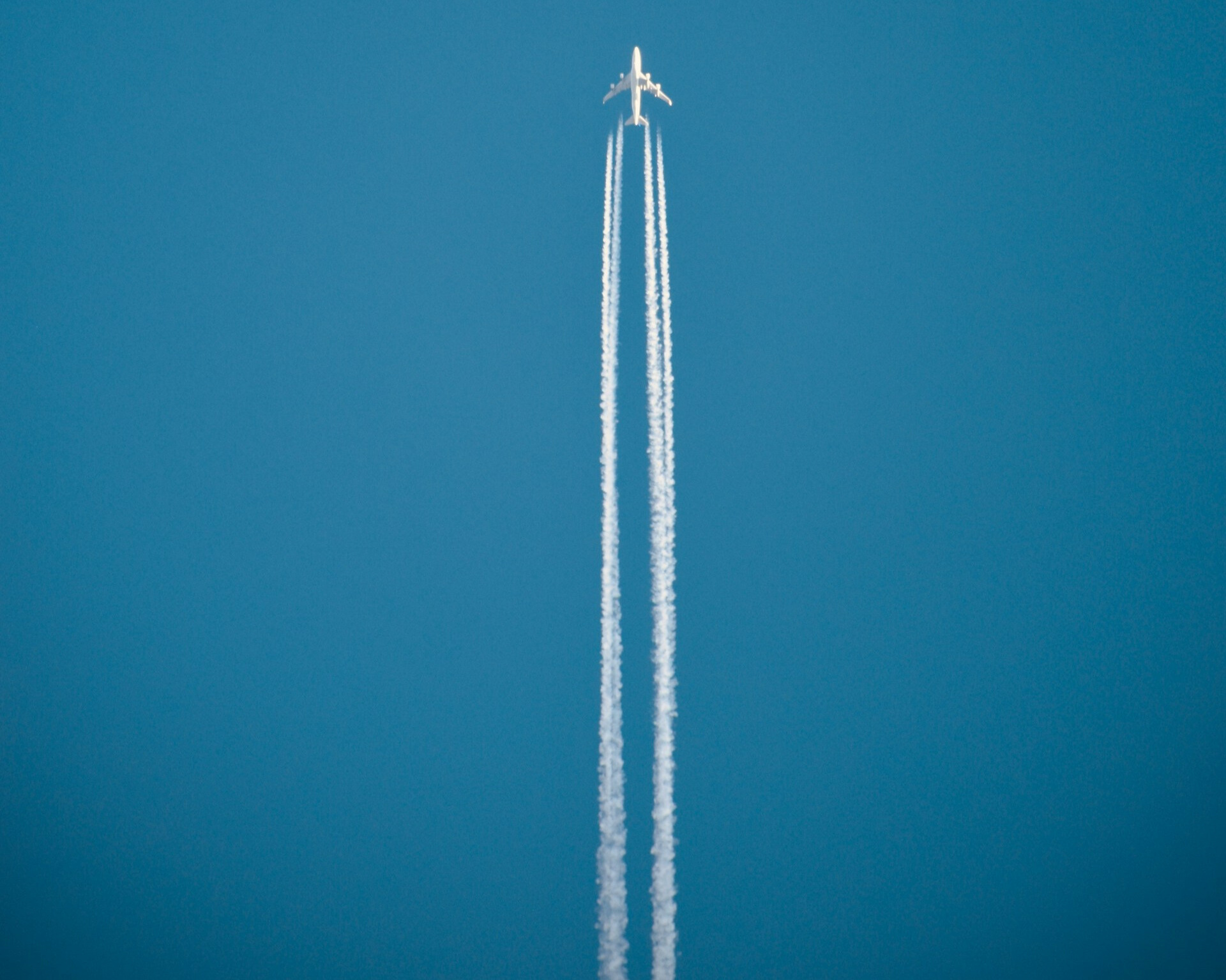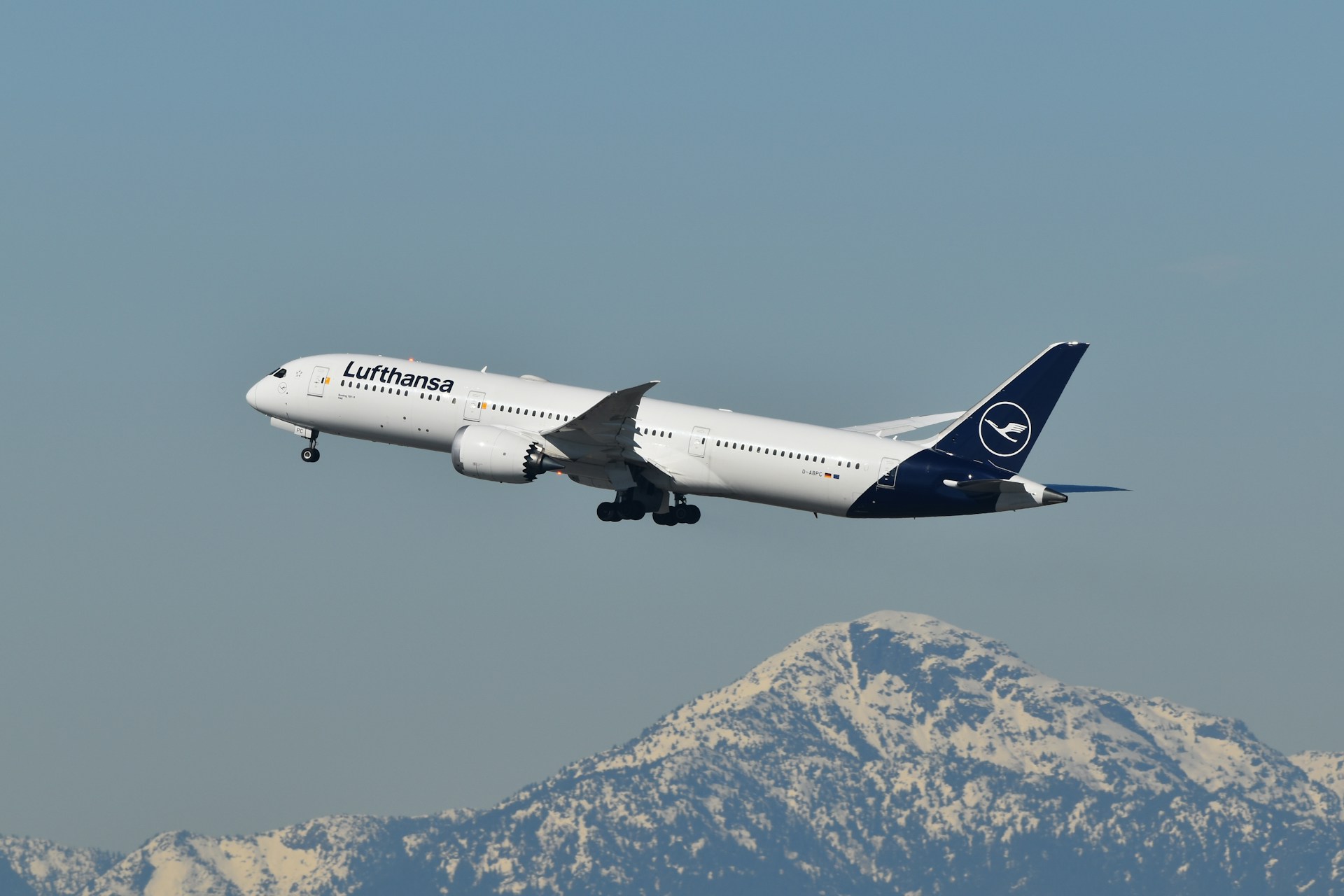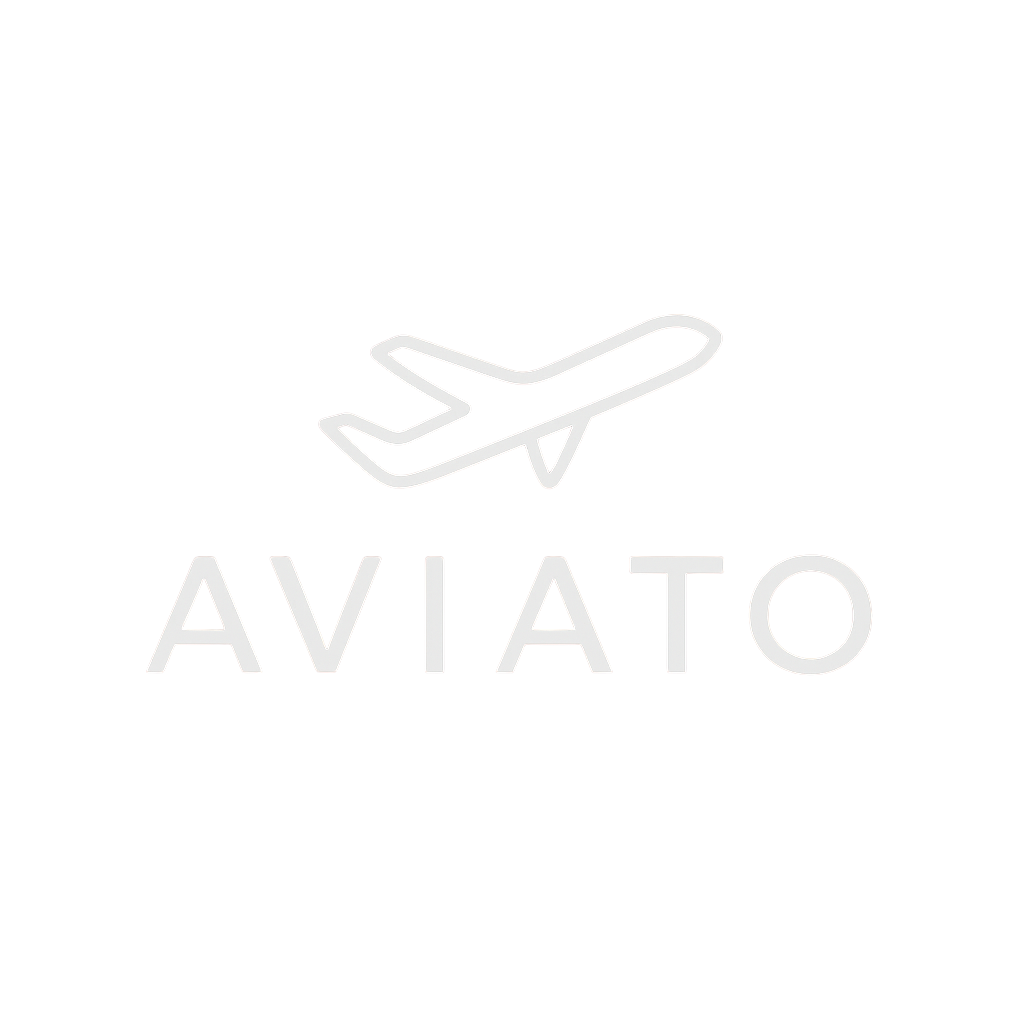Thailand Becomes Launch Customer for Airbus A330 MRTT+ Tanker
Key Takeaways
- Thailand is the launch customer for Airbus’s upgraded A330 MRTT+ aerial refueling tanker.
- The MRTT+ brings enhanced fuel capacity, advanced mission systems, and greater multi-role capability compared to the standard A330 MRTT.
- The acquisition supports Thailand’s air force modernization and strengthens its defense partnerships with European aerospace contractors.
- Airbus gains a competitive edge in the Asia-Pacific aerial refueling market, directly challenging Boeing’s KC-46 Pegasus.
- Thailand’s early adoption could influence regional procurement trends among Southeast Asian militaries.
- The program highlights Airbus’s commitment to dual-use military transport and refueling technologies.
Thailand’s Defense Leap Forward
The Royal Thai Air Force (RTAF) has become the launch customer for Airbus’s A330 MRTT+, a next-generation aerial refueling tanker designed to provide extended reach, flexibility, and interoperability for modern air forces. This landmark purchase represents a major step in Southeast Asia’s defense modernization, ensuring Thailand remains at the forefront of aerial mobility and multi-role operational capabilities.
The decision underscores Thailand’s long-term defense strategy, which focuses on enhancing regional reach, bolstering coalition interoperability, and modernizing its fleet with technologically advanced platforms.
Enhanced MRTT+ Capabilities
Building on the proven track record of the A330 MRTT—already in service with countries like Australia, the UK, and Saudi Arabia—the MRTT+ delivers a series of crucial upgrades:
- Increased fuel capacity for longer-range operations.
- Upgraded mission planning systems for more effective multi-role deployment.
- Improved compatibility with a wider range of receiver aircraft.
These improvements mean the RTAF can support not only extended fighter jet missions but also conduct strategic airlift, humanitarian assistance, and medical evacuation missions more effectively. The tanker’s dual-role design maximizes value by combining refueling and transport in a single airframe, offering greater efficiency and reduced operating costs.
Strategic Market Implications
Thailand’s selection of the A330 MRTT+ provides Airbus with a significant boost in the Asia-Pacific defense market, where competition with Boeing’s KC-46 Pegasus remains intense. By securing Thailand as the launch customer, Airbus strengthens its credentials and creates momentum that could sway future procurement decisions across the region.
Potential buyers in Southeast Asia, such as Indonesia, Malaysia, and the Philippines, will likely study Thailand’s adoption closely. Launch customers traditionally benefit from preferential pricing, priority delivery, and technology transfer opportunities, making Thailand’s early move strategically advantageous.
Regional Security and Partnerships
Beyond military benefits, the MRTT+ enhances Thailand’s ability to participate in coalition operations and humanitarian missions. With NATO-compatible systems, the aircraft allows interoperability with allied forces during multinational exercises and real-world missions.
For regional security, this acquisition bolsters Thailand’s standing as a defense partner in Southeast Asia, improving capabilities for disaster relief, peacekeeping, and medical evacuation missions. The MRTT+ thus represents not just a military investment but also a regional soft power asset that can support Thailand’s diplomatic influence.
FAQs
What is the difference between the A330 MRTT and MRTT+?
The MRTT+ offers greater fuel capacity, enhanced mission systems, and broader aircraft compatibility, making it more versatile than the baseline MRTT.
Why did Thailand choose Airbus over Boeing?
Thailand prioritized the A330 MRTT+ for its proven track record, dual-role versatility, and cost efficiency. Airbus’s ability to offer both military and humanitarian applications was a key factor.
How will this impact other Southeast Asian air forces?
Thailand’s decision sets a precedent, potentially encouraging Indonesia, Malaysia, and the Philippines to consider the MRTT+ for their own modernization programs.
When will Thailand receive the aircraft?
Exact delivery dates are not yet public, but Airbus typically delivers within 24–36 months of contract signing. As a launch customer, Thailand will enjoy priority scheduling.
How does this affect the Airbus vs. Boeing tanker rivalry?
The MRTT+ launch strengthens Airbus’s competitive stance against Boeing’s KC-46 Pegasus, particularly in the Asia-Pacific market, where Airbus already has momentum.
✈️ Bottom Line: By becoming the first operator of the Airbus A330 MRTT+, Thailand has positioned itself as a regional leader in aerial mobility and defense modernization. For Airbus, this deal not only secures a valuable reference customer but also sets the stage for wider adoption of the MRTT+ across Asia-Pacific.
.zip%20-%201.PNG)



